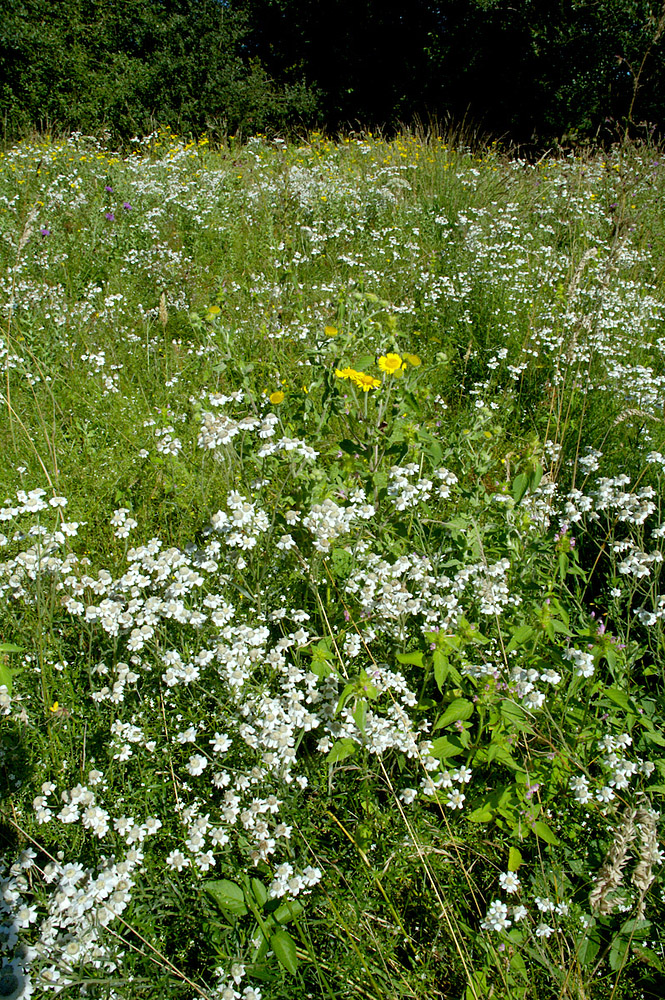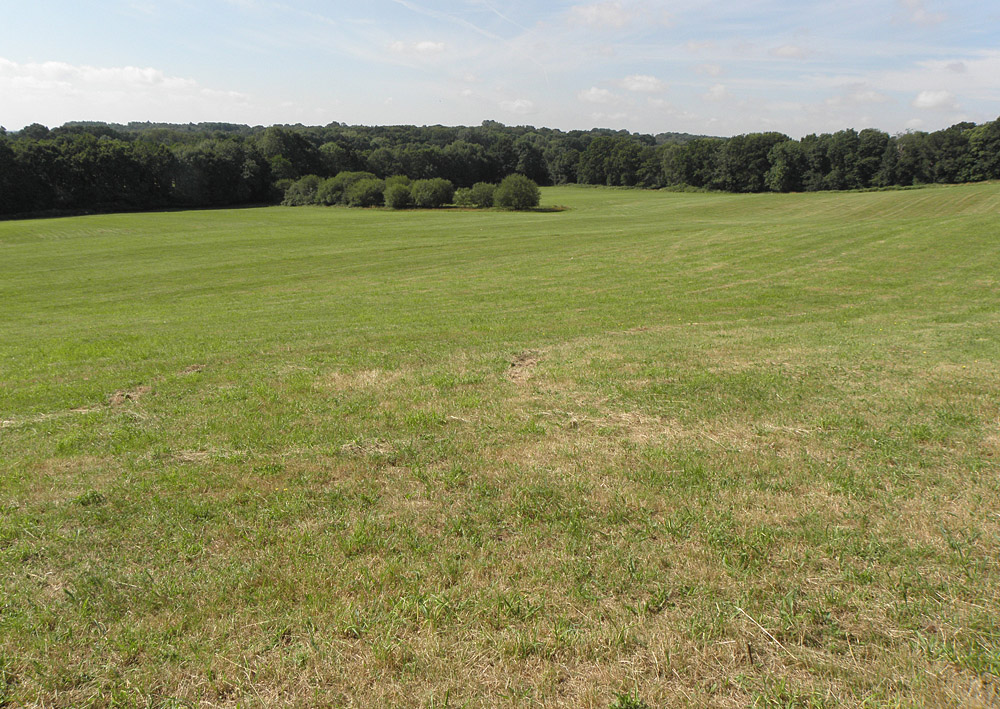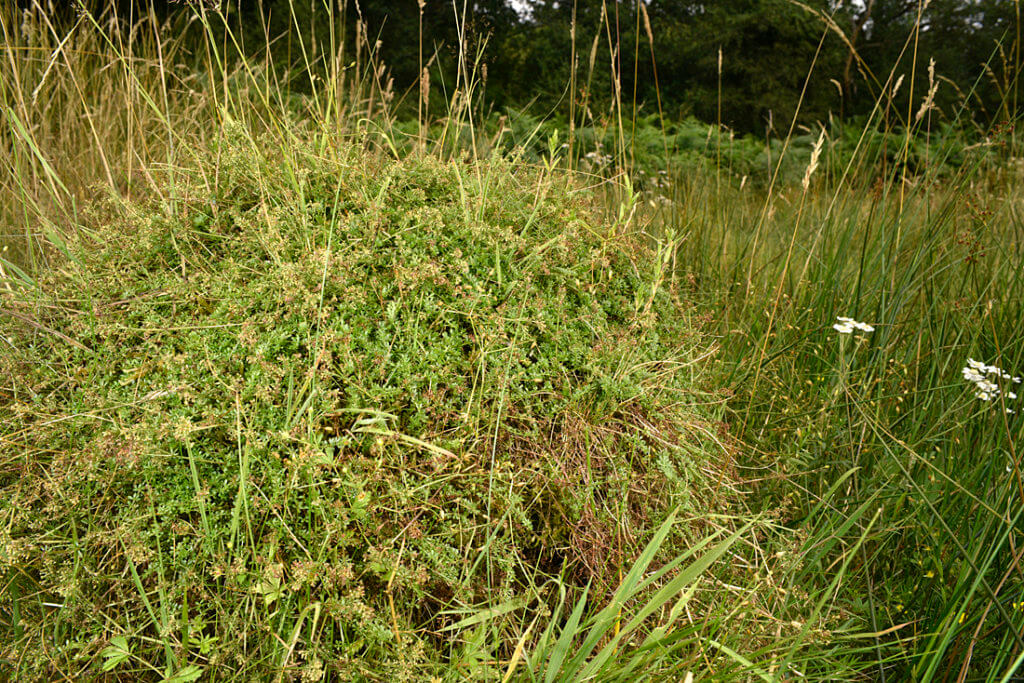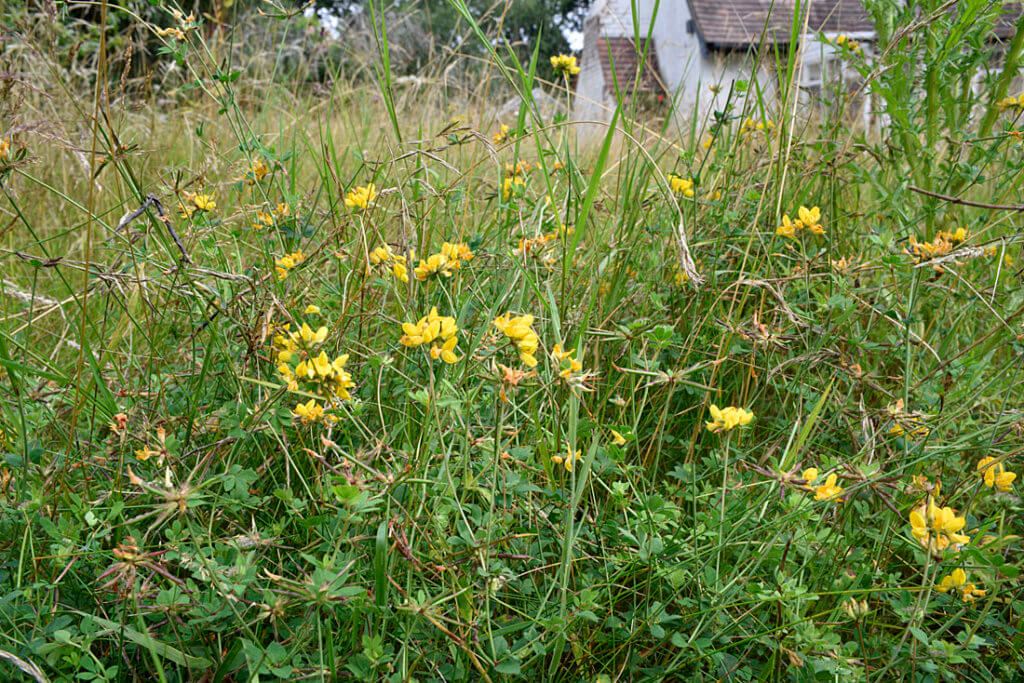
Paul Sterry has an academic background in freshwater biology and is a passionate conservationist. He has been writing about natural history and photographing wildlife for the last 40 years, with an emphasis on the British scene.
Looking back through the prism of late middle age, I think the truth is I hated school. Not just disliked it, but hated it. My last and worst experience was at Queen Mary’s in Basingstoke, a Grammar School that thought it was a minor Public School. It wasn’t the institutionalised bullying, or the sadistic masters and prefects that I loathed. It was the tedium. True, I can see now that the three Rs have stood me in reasonably good stead over the years, but overall what I was being taught was poles apart from what interested me. Consequently, it was the summer holidays that I looked forward to and that’s when I cut my teeth in the natural history world.
Typically, summer holidays meant a couple of weeks of enforced family ‘enjoyment’, usually in Devon and frequently cut short due to persistent torrential rain. The rest of the six weeks – most of August – were mine to enjoy alone, and these were times that I spent, dawn to dusk wherever possible, exploring the countryside and the wildlife of north Hampshire. Understandably perhaps, the August Bank Holiday weekend is a poignant anniversary for me nowadays, and always evokes a sense of Proustian nostalgia – the end of an era, and a yearning for things past and forever lost.
In my early teens, growing up in the late 1960s and early ‘70s, I was restricted to areas that I could reach on foot or by bike; living on the outskirts of what is now modern Basingstoke meant that grassland habitats were what I visited most. As a result I learned to love meadows and still do: manmade and man-influenced they may be but for me they are gems in our natural heritage.
Given that self-interest and greed (sorry, the desire to build a better future) are the driving forces behind the exponential expansion of the obscenity that is modern Basingstoke, it is hardly surprising that all the meadows I grew up with are now destroyed. But I still remember them fondly, and I also remember that until it was time to go back to dreaded school they remained uncut, full of flowers, and home to a succession of butterfly species and an abundance of other insects. They were simply fantastic, and full of interest for a curious mind.

Earlier this year a wave of nostalgia came over me and I thought I would visit some old haunts. It’s been a busy year for me so back in July I asked a favour of friend: to save me time please could you see if a particular meadow near me was in good order and worth visiting from a floral point of view. The field in question is called Ron Ward’s Meadow; the area is designated SSSI and ‘managed’ by the Hampshire and Isle of Wight Wildlife Trust. As it happens I knew the Ron in question, back in the days before the meadow was designated and prior to his death some 28 years ago. At that time his field was a wonder to behold and typically remained uncut until flowering had finished, which varied from year to year; the hay was then cut and a few head of cattle were deployed for a brief period. Ron was a true Tadley character (he is buried adjacent to his beloved meadow) who was interested in wildlife but not really a naturalist in the accepted sense; for recognition of the meadow’s biodiversity significance, its designation and subsequent appropriate management we have the late Dr Peter Brough to thank for that.
Anyway, the friend in question lent over the gate and sent me a picture of Ron’s meadow. I was dismayed with what I saw although I suppose I shouldn’t have been surprised – I live near Basingstoke after all, a town where environmental life is full of disappointment. But given that it was still July and other wildlife-rich meadows in the neighbourhood were still flourishing and in full bloom, the sight of Ron’s ‘nature reserve’ cut to within an inch of its life was shocking. Before the school holidays had even started the wonders of an English meadow had been removed and there was no chance that the next generation of naturalists – on their school holidays – would gain any insight into what that particular meadow should look, sound or smell like.

A few weeks later, in mid-August, I found time to visit another area of SSSI grassland, located within 500 metres of Ron Ward’s Meadow. Thankfully this is in private ownership and had remained uncut; it was full of late-season flowers, with a myriad butterflies on display and alive with the sound of insects. In addition to its floral and invertebrate life, these meadows harbour thriving populations of Adder, Grass Snake, Slow-worm and Common Lizard (I saw all four species on my visit) not to mention Harvest Mice whose nests are visible and tolerably common. Not much chance of those surviving the mechanised blitzkrieg imposed on poor Ron’s meadow I suspect.

I looked at the Wikipedia entry for Ron Ward’s Meadow and found that it was ‘managed for hay production’. Of course, if you want meadows to remain grassland, and to prevent succession towards scrub, they need cutting. And I understand the concept of ‘making hay while the sun shines’ ie when the grass is dry. But I would suggest that the question is one of timing and method. If you want to maximise biodiversity, rather than hay production, then there might be a case for a more enlightened, less prescriptive approach to be adopted.

In a modest way I manage my garden as a meadow. I have the advantage of course of being able to do this on a small scale, by hand. But like friends who own more sizeable areas of grassland near me, including those other SSSI meadows I mentioned, I manage for wildlife, not hay production. Maybe this should give Wildlife Trusts and Natural England, with its obsession for perceived ‘favourable condition’ status, pause for thought? When it comes to habitat management, especially grassland, one size does not fit all. So maybe cut later, set the grass-cutter higher, and adopt a mosaic approach, cutting different sections every other year? When I look again at the image of Ron’s meadow I feel a sense of loss. ‘À la Recherche du Temps Perdu’ as the man said – times past indeed.

What a wonderful blog, capturing the sense of heady summer meadow days. What in God’s name were they doing to Ron’s meadow? Must be appalling for biodiversity, as you say.
And don’t apologise for calling our endless expansion ‘greed’, that’s exactly what it is, with an endless desire to increase our numbers apparently. As Rosa Parks(?) said ‘if we are to improve the future, we have to disturb the present’, or even insult it.
(p.s. Mark, is it possible to change the settings in your blog so it uses UK English spellings, rather than appearing to prefer US ones e.g. ‘apologize’ ?)
Great and thought provoking as always Paul. I grew up on the outskirts of Harrogate in the fifties and early sixties the “roughs” on Harrogate golf course were alive with flowers and insects as they were cut late for hay. the fields between there and Knaresborough also had their floristic delights, again because some were hay meadows. The Golf course roughs have not been managed for hay for 40 years and the flowers are almost entirely gone to coarse grasses. The fields are still there but again with management changes the floristic extravaganza we saw as children and teenagers are gone but for a few species. there is still a small area with Betony and devils bit scabious but for how long?
Grey Partridge ,Lapwing, Curlew, Yellowhammer, Linnet, Kestrel and Turtle Dove have gone from there too, all were easily seen then.
Excellent blog again. The picture of the large ‘meadow’ cut to the ground is horrific. Your suggestion of cutting strips at different times is excellent. For myself I’d also love to see pockets of scrub, single standing trees and areas of permanent ‘weeds’ like bramble, nettles and dock as well.
And a true example of how following your passion can give more to the world, and be better for you than too much education. (Providing your passion isn’t something like driving fast cars [over amphibians], of course.)
Look no further than the ‘Rule Book’. Most conservation NGO’s and NE are signed up to receive government money through schemes like HLS where cutting regimes are demanded within certain time frames. This creates a one size fits all treatment of hay meadows regardless of species mix and/or past management. I think there are similar rules issued by NE in respect of SSSI meadows.
I reached the sad conclusion many years ago that some conservation organisations could not be trusted to preserve the biodiversity of grasslands which, historically, had been managed with a certain amount of benign neglect. The concept of a ‘light touch’ seems to have been entirely lost in many places.
I don’t have an issue with hay meadows being cut early in some years, it is only an issue when they are being cut early every year.
I cut my hay meadow on the 14th July this year – the earliest it has every been cut in the 12-years I have been restoring it. It usually gets cut anytime from the beginning to end of August. This year was a very forward year for wildflowers in the meadow, the majority of species had set seed. Interestingly I returned from my jolly’s on Monday to note that nearly all of the knapweed has regrown and, and much of it only a week away from flowering, something I’ve not noted before.
In my experience one of the greatest threats to our remaining meadows is over-formulaic, homogenised meadow management which is based on an oversimplified and rather poor understanding of the way that many of these old meadows were historically managed.
Traditionally many of the most biologically diverse sites were managed differently from year to year. Some years they would have been mown in early summer, some years they may not have been mown until late August or indeed as late as early September. Some years they may have been grazed and in others left for winter foggage. Such a diverse management regime implemented over centuries created the perfect conditions for as broad a range of flowering plants and grasses as possible, whilst also helping (e.g through early cutting) to control less desirable rank/invasive plants.
Far too many hay meadows now seem to just get the same management regime every year, which usually entails cutting after the July 15th to fit in with agri-environment scheme management rules. This isn’t traditional management, moreover a formulaic modern-management regime designed to be easy for the RPA inspect.
Although I agree with Paul Sterry’s comment I would like to see a photo of the meadow the day before it was cut. Perhaps Hampshire and the Isle of Wight Wildlife Trust might oblige.
As with all hay meadows the timing of cutting is opportunistic in this climate; at Ron Ward’s Meadow we are only allowed to cut the hay after the 5th July, this year as the weather was good the hay was cut on 7th July. One out of every fives years we must cut the hay after 15th July to allow more seed drop before cutting. Traditionally hay meadows were cut in July when the weather was usually good and the hay was at its best, the hay was an important resource to provide fodder during the winter, this is still the case today. The meadow covers an area of 10 hectares, and we cut 9 ha of this for hay the other hectare is left uncut for the insects and later flowering plants, within this uncut area there are areas of brambles, nettles and some willow scrub. Cattle are brought on in the winter when the grassland has re-grown in late summer/autumn and indeed by mid-August many of the flowers have re-flowered or grown up and flowered for the first time in the case of late flowering species such as betony and devil’s-bit scabious. In mid-august I visited the site and there was plenty of flowering bird’s-foot trefoil with their attendant common blue butterflies and I also used pheromone lures to find dozens of six-belted clearwing moths.
To stand at the gate you would not see any of this because the uncut areas and brambles and scrub are not visible so you get a completely simplified picture of what the site is like. A walk along the adjacent public footpath brings you to a recently layed hedge, a section of which is worked on every winter and from the low layed bit you can see into the areas you cannot see from the gate.
Reserve site manager Hampshire & Isle of Wight Wildlife Trust